Reviewed by Corey Noles
You walk into an Apple Store next September, and suddenly the iPhone you've known for nearly a decade looks… different. Not just "new camera bump" different, but "wait, is that actually an iPhone?" different. Apple's iPhone 17 lineup is shaping up to deliver one of the biggest iPhone shake-ups since the iPhone X dropped in 2017, and the centerpiece isn't what you'd expect.
The headline grabber? A brand-new iPhone 17 "Air" that's so impossibly thin—we're talking 5.5mm at its thinnest point according to analyst Ming-Chi Kuo—it makes your current iPhone look chunky. For context, that's roughly 33% thinner than the iPhone 16 Pro models, which clock in at 8.25mm. Apple is eliminating the "Plus" model entirely due to lackluster sales, betting instead on this ultra-slim form factor that slots between the standard iPhone 17 and Pro tier.
But here's the kicker: achieving that record-breaking thinness means some serious trade-offs. The iPhone 17 Air will likely sport only a single rear camera, and reports suggest it may ditch the physical SIM tray entirely for an eSIM-only setup. Think of it as Apple's answer to every customer who's ever muttered, "I wish my iPhone was thinner," while simultaneously testing whether you'll accept losing telephoto photography capabilities for the sake of fitting more easily in skinny jeans or dress shirt pockets.
What makes this the biggest iPhone shakeup in years?
Let's break down what makes 2025's iPhone lineup feel like a genuine reset rather than the usual incremental updates.
First, all four iPhone 17 models will finally get 120Hz ProMotion displays, ending the artificial distinction between Pro and non-Pro refresh rates. That means smoother scrolling and video playback across the entire lineup—something Android flagships have offered for years. The base iPhone 17 is also growing from 6.1 inches to 6.3 inches, matching the Pro model's screen real estate for the first time.
The design language is shifting too. Both iPhone 17 Pro models may revert to aluminum frames instead of the titanium Apple introduced with the iPhone 15 Pro. More dramatically, leaked schematics suggest a new horizontal camera bar design replacing the familiar square camera bump we've known since the iPhone 11.
Under the hood, Apple is betting big on its own silicon beyond just processors. At least one iPhone 17 model will debut Apple's custom-designed 5G modem, breaking the company's dependence on Qualcomm. The modem promises theoretical download speeds up to 4Gb/s, though that's actually slower than current Qualcomm modems—a trade-off Apple seems willing to make for supply chain control and long-term strategic independence.
This fundamental shift from "more features" to "radical form factor" suggests Apple believes the smartphone market has reached feature saturation—that the next competitive advantage lies in reimagining the physical object rather than adding more cameras or processing power.
The Air gambit: brilliant or bonkers?
Here's where Apple's strategy gets interesting—and potentially risky. The iPhone 17 Air is positioned as a design-forward device that prioritizes form over function, borrowing the "Air" naming from MacBook and iPad lines. It's not a direct replacement for the Plus model but rather a completely different concept targeting users who want something sleeker than the base iPhone but less feature-packed than the Pro.
The engineering challenges are staggering. To achieve that 5.5mm profile while maintaining structural integrity, Apple's supply chain sources indicate the device has moved to the New Product Introduction (NPI) phase, where real-world manufacturing constraints meet ambitious design goals. The ultra-thin design leaves less room for components than usual, forcing Apple to eliminate the SIM tray completely and potentially use a horizontal camera bar to accommodate the single 48MP sensor.
Remember how the iPhone 6 Plus had those infamous "bendgate" issues at 7.1mm thick? Now imagine going nearly 2mm thinner. Apple's clearly learned from that experience—likely incorporating lessons from the ultra-rigid iPad Pro engineering—but the physics of thinness versus structural integrity remain unforgiving. The key difference now is Apple's mastery of advanced materials science and the structural reinforcement techniques perfected across years of making progressively thinner MacBooks and iPads.
Battery technology becomes crucial here. Ming-Chi Kuo reports the device will use a "high-density" battery to compensate for the constrained internal volume, while other sources suggest a capacity around 2,800mAh—significantly smaller than the Pro Max's rumored 5,000mAh pack. The question becomes whether Apple's battery chemistry advances can offset the size limitations while maintaining the all-day battery life users expect from premium iPhones.
Pro models push boundaries (and budgets)
While the Air grabs headlines for its thinness, the Pro models are quietly becoming photography powerhouses. The iPhone 17 Pro Max could feature three 48-megapixel cameras for the first time—wide, ultra-wide, and telephoto—potentially enabling 8K video recording. All iPhone 17 models are expected to upgrade to a 24MP front camera with a six-element lens, a substantial jump from the current 12MP TrueDepth system that should deliver sharper selfies and better video call quality.
The design changes for the Pro models are equally intriguing. The rumored horizontal camera bar spanning the full width of the device would eliminate the camera wobble when the phone's lying flat on a table—but more importantly, it enables Apple to distribute the optical elements across a wider area, potentially allowing for larger sensors or more sophisticated image stabilization systems in the same thickness envelope.
The Pro Max specifically is becoming a beast. Reports suggest it may pack a 5,000mAh battery, making it Apple's highest-capacity iPhone to date and positioning it as a true all-day powerhouse for professional users. Charging speeds are also getting a boost, with rumors of 35W wired charging and 25W wireless MagSafe support across the lineup.
But here's the reality check: tariffs may push the base model entry point from $799 to $849, with Pro models potentially starting around $1,050. The Pro Max could hit $1,250, representing not just a premium device but a significant financial commitment that positions it more as a professional tool than consumer gadget.
The September showdown we didn't see coming
Apple is expected to unveil the iPhone 17 lineup on September 9, 2025, with preorders likely starting September 12 and devices hitting shelves September 19. But they won't be alone in the ultra-thin space.
Samsung just dropped the Galaxy S25 Edge, a 5.8mm-thick competitor with a 6.7-inch display, 200MP main camera, and 12GB of RAM—specs that put immediate pressure on Apple's single-camera approach. The Edge starts at $1,099, potentially undercutting the iPhone 17 Air if Apple prices it as a premium device rather than a mid-tier option.
The timing couldn't be more perfect for a head-to-head comparison. Samsung essentially set the baseline for what an ultra-thin flagship should offer, but the real question is whether consumers actually want this direction. Battery technology advances have made dramatic thinness possible without complete functionality sacrifice, yet both companies are essentially conducting a market experiment—betting that after years of thicker, heavier phones packed with features, the pendulum is ready to swing back toward portability and elegant design.
What we're witnessing is Apple's biggest design bet since Face ID replaced Touch ID. The company is gambling that consumers want radical thinness over camera versatility, that eSIM adoption is ready for global expansion, and that the "Air" branding carries enough premium appeal to justify potential compromises in battery life and photographic capability.
Bottom line? September 2025 might be the most consequential iPhone launch in years—not because of what Apple's adding, but because of what it's willing to take away. The question isn't whether the iPhone 17 Air will be impressively thin; it's whether that thinness will feel like the future or just an expensive engineering exercise. Either way, your next iPhone upgrade decision just got a lot more interesting.






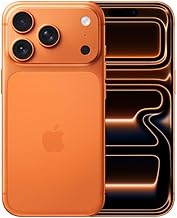
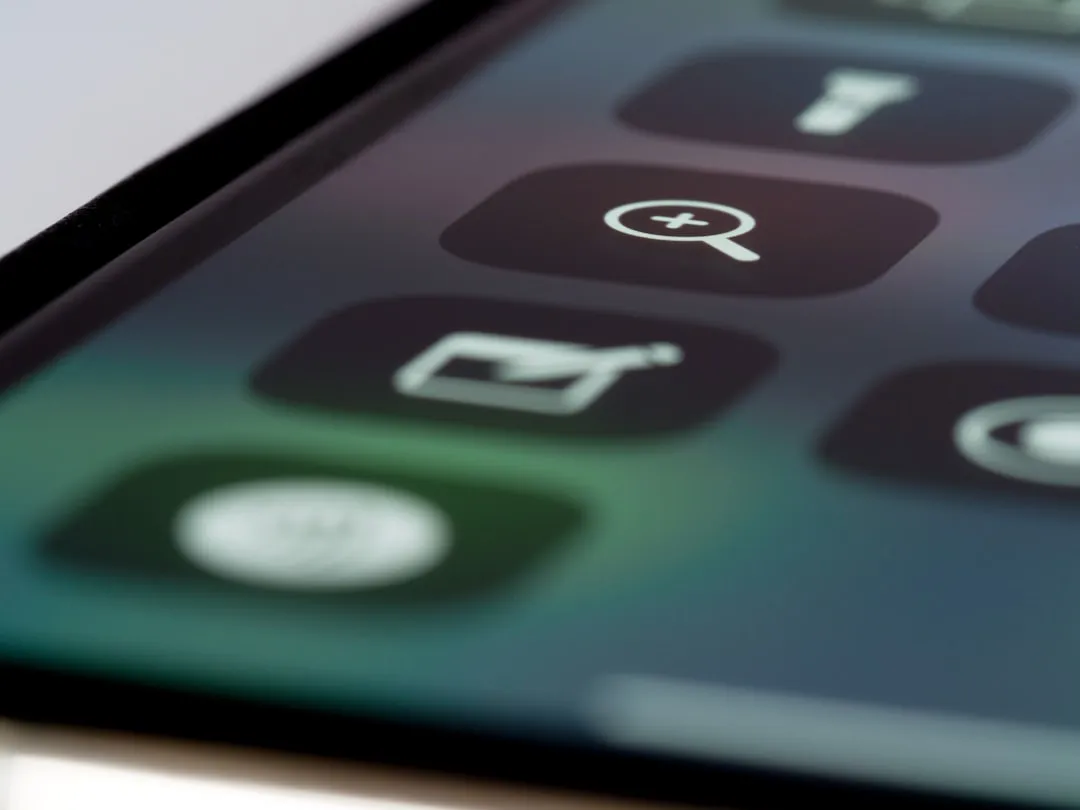
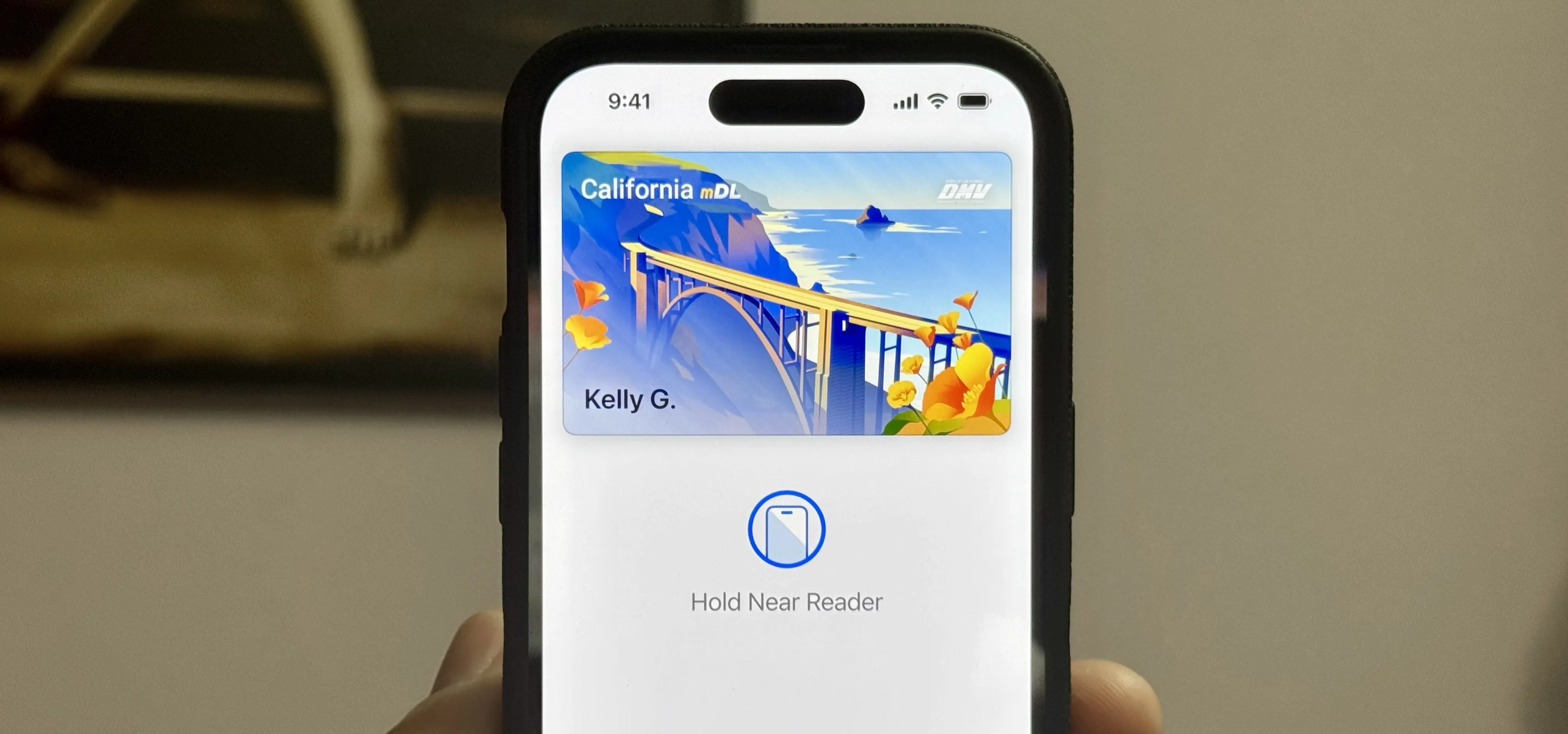
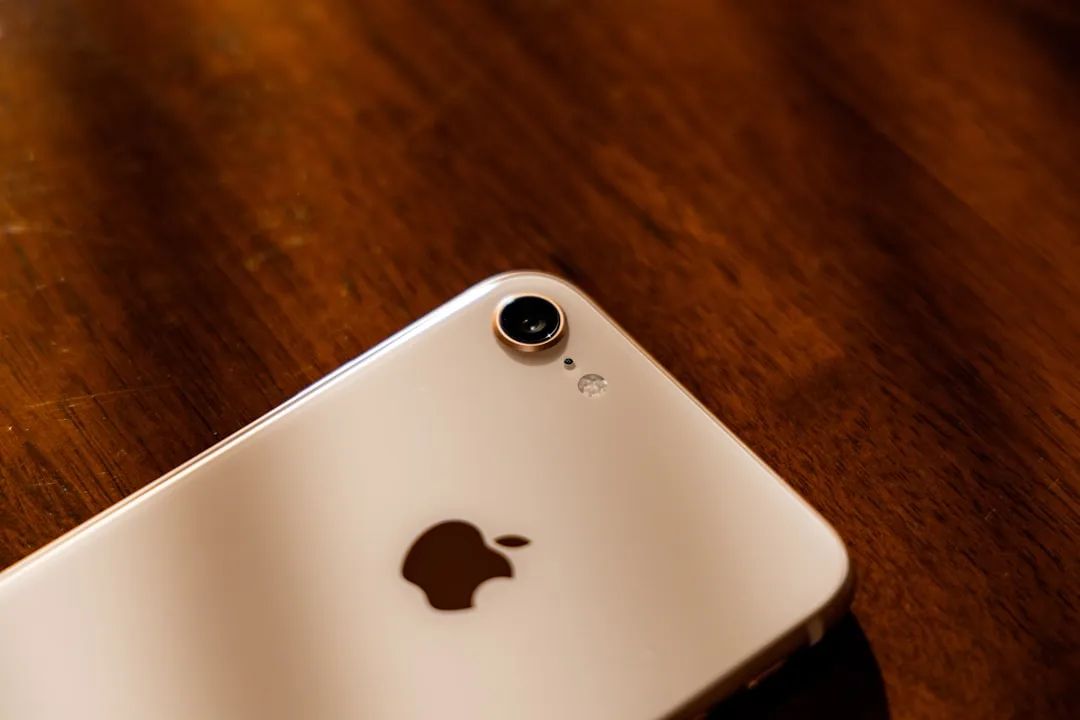
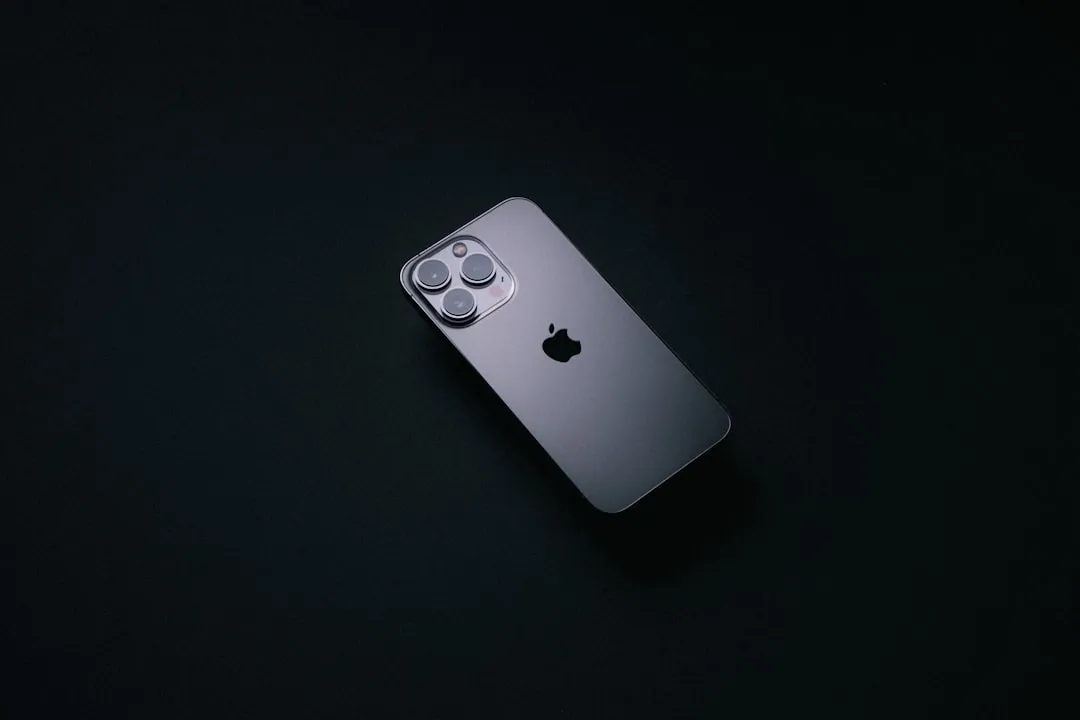
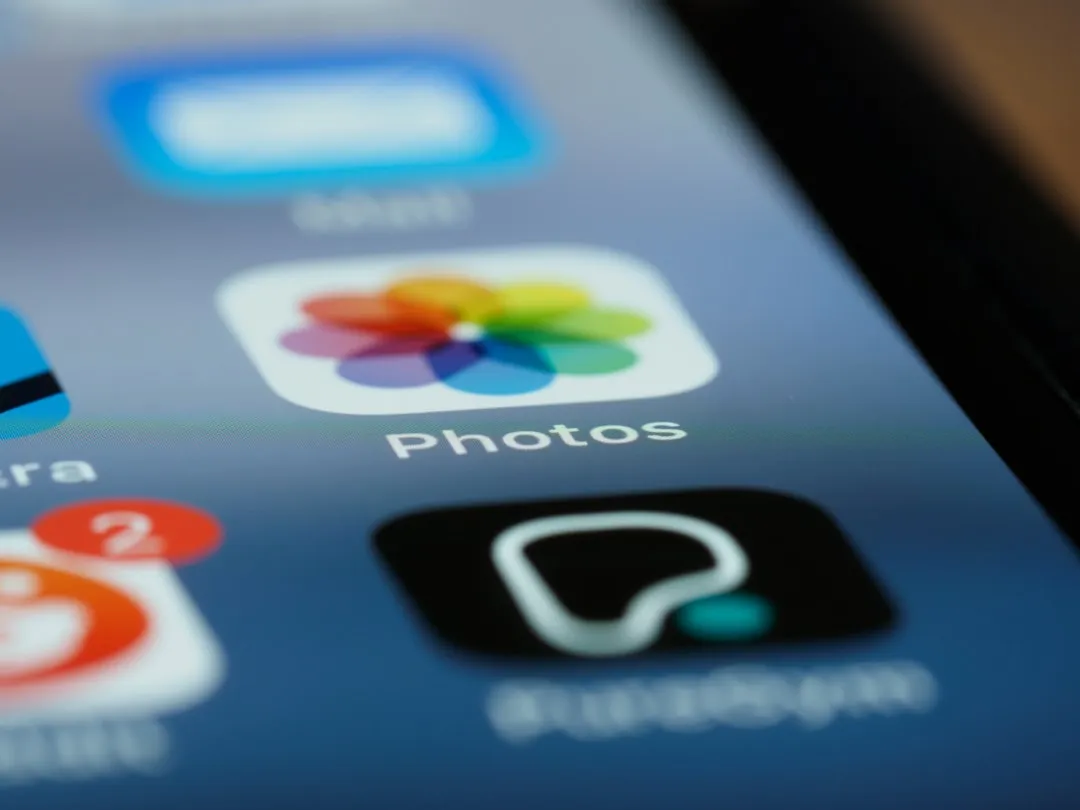
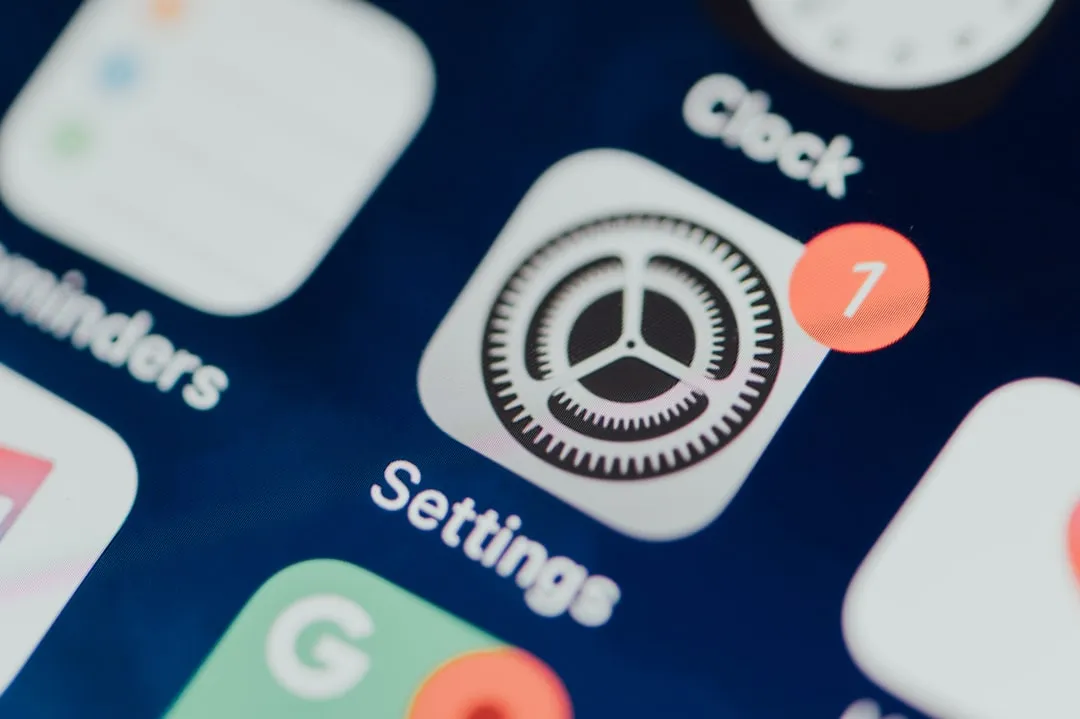
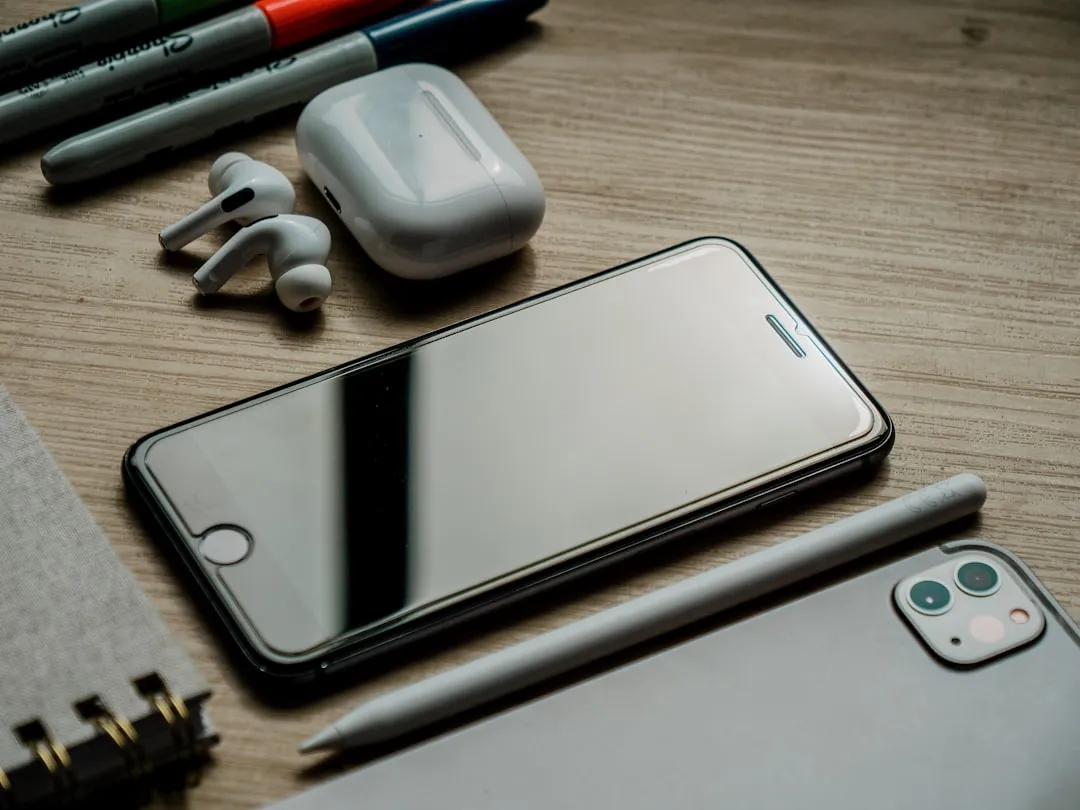

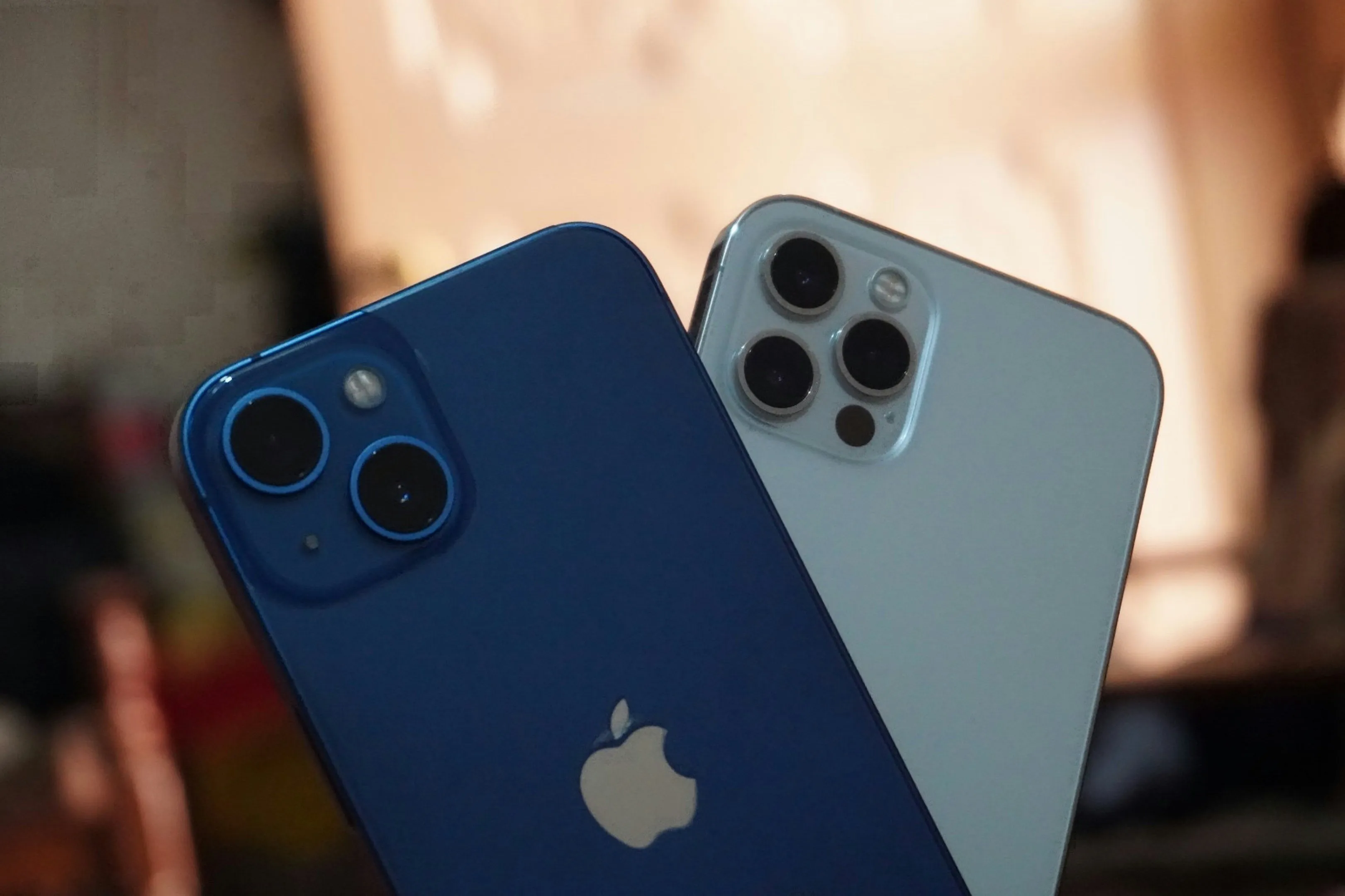

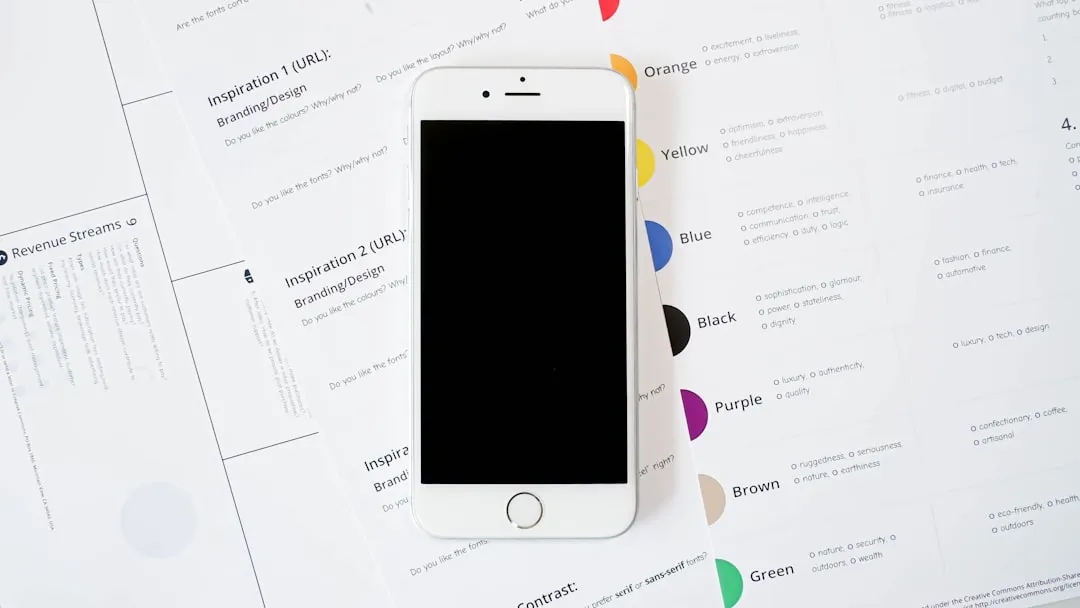
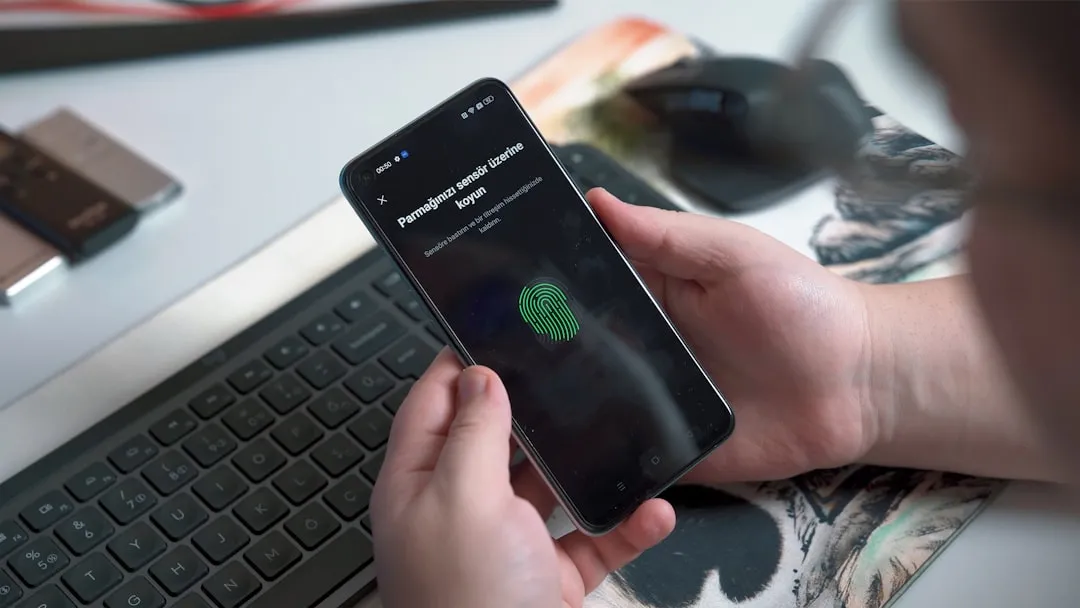
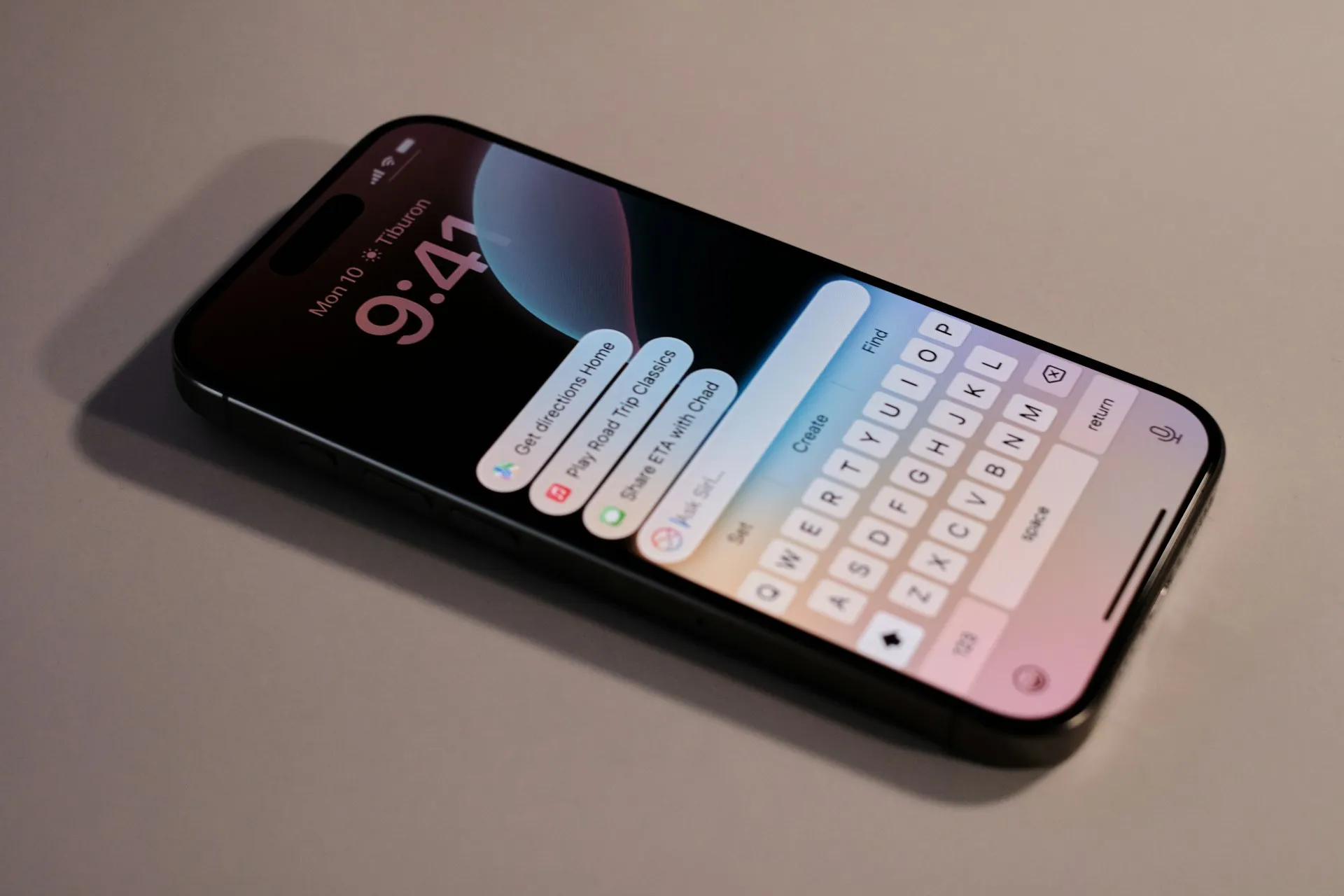

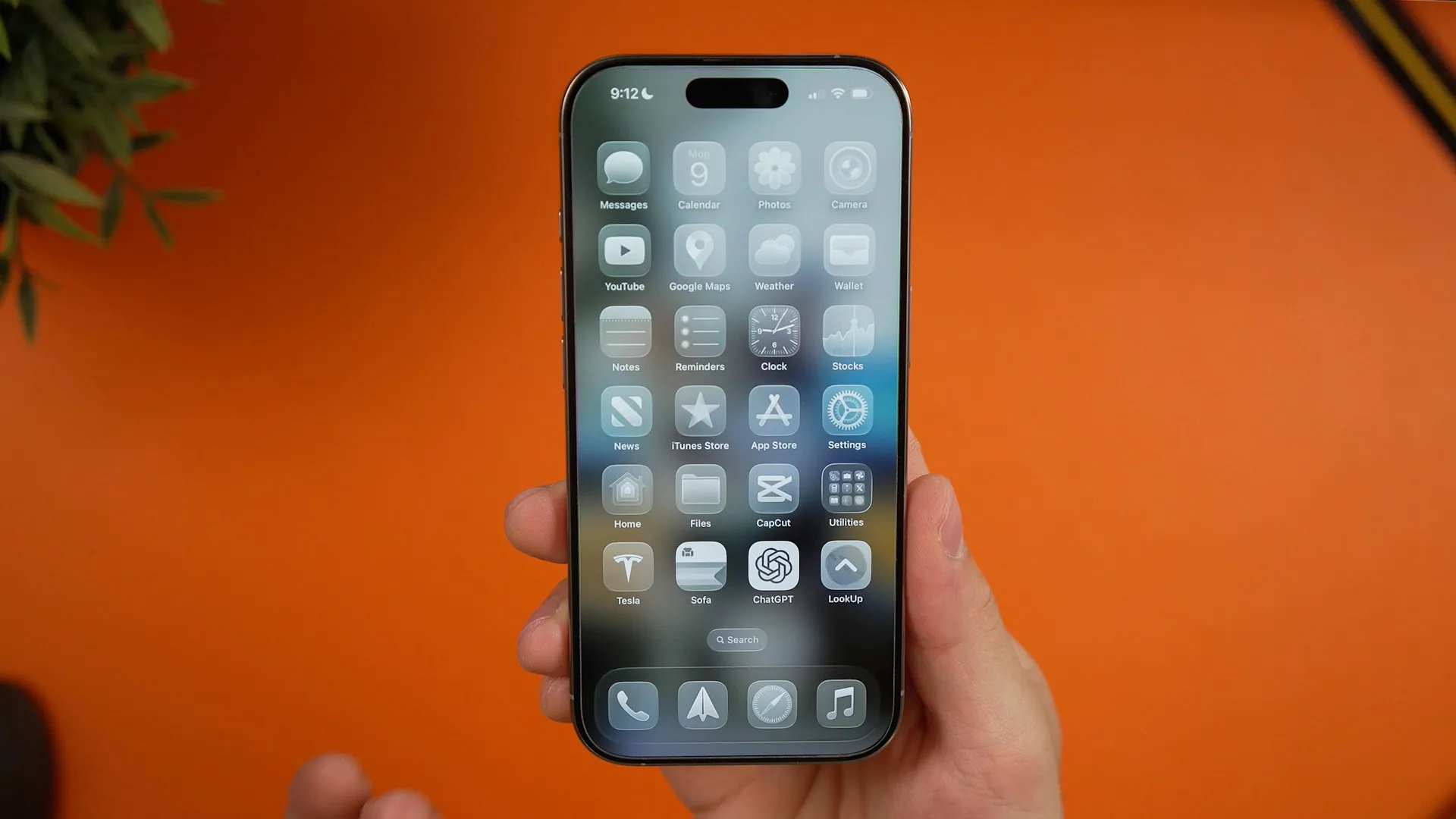
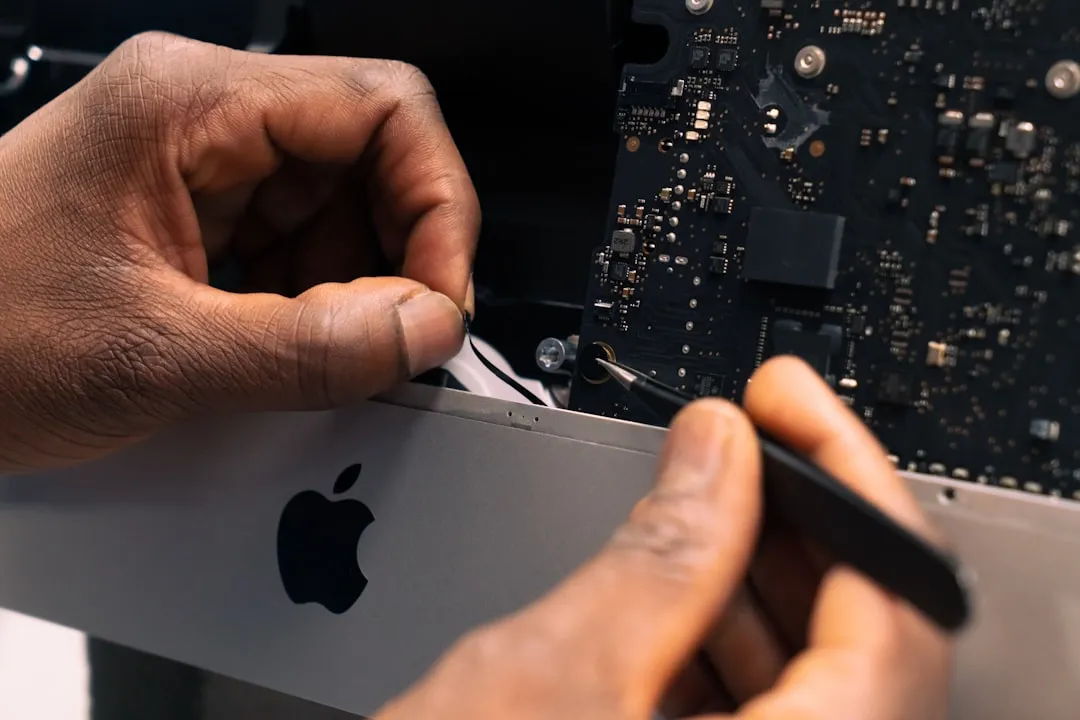
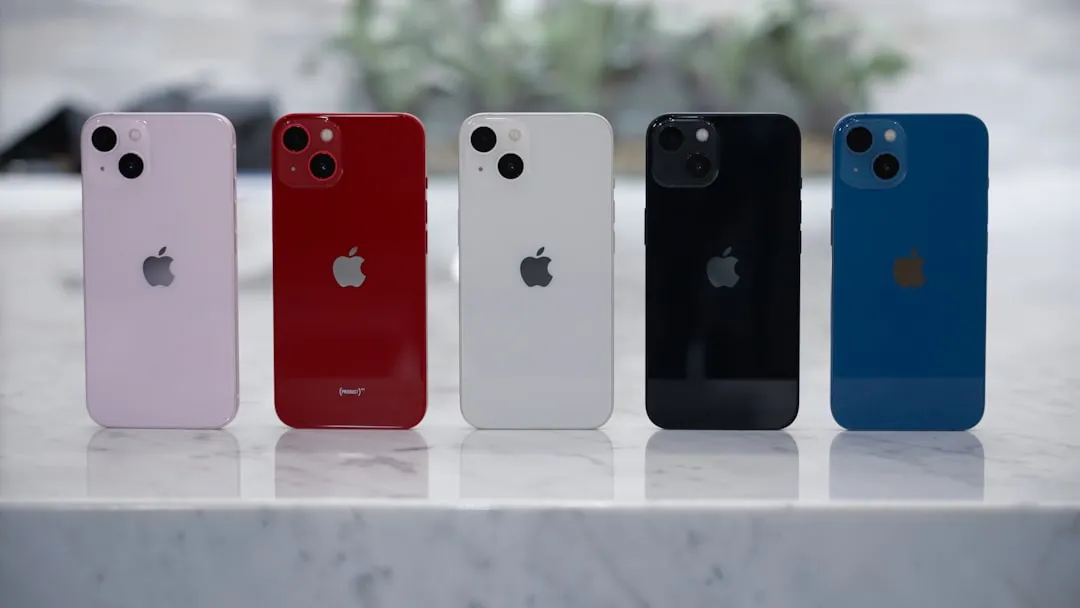
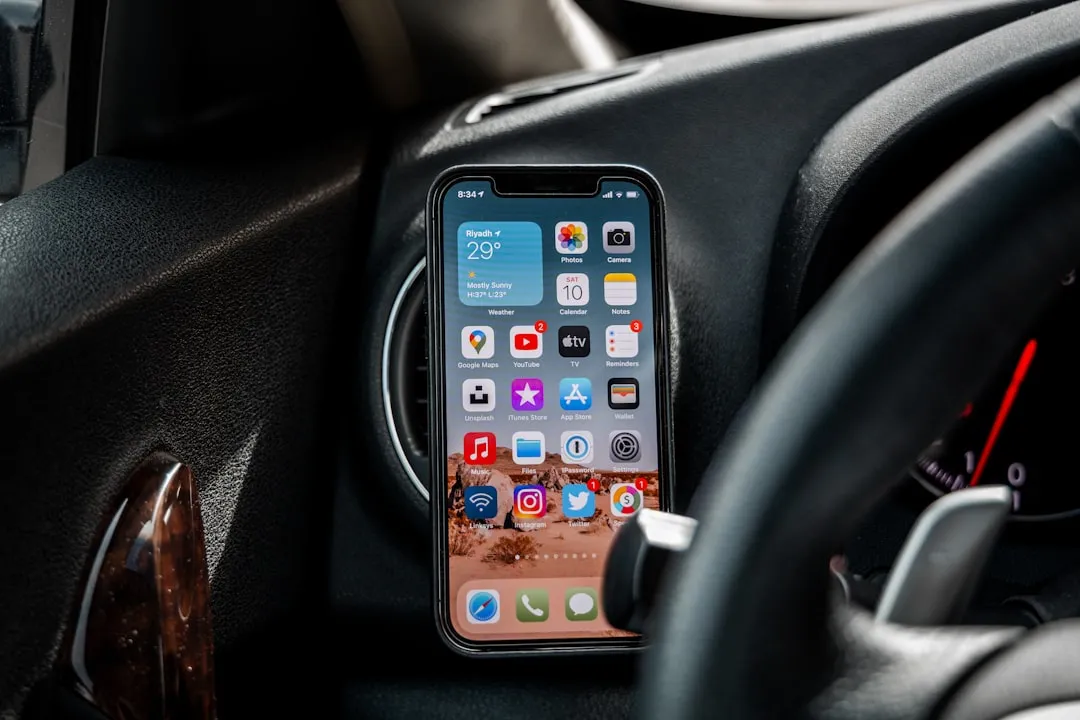


Comments
Be the first, drop a comment!